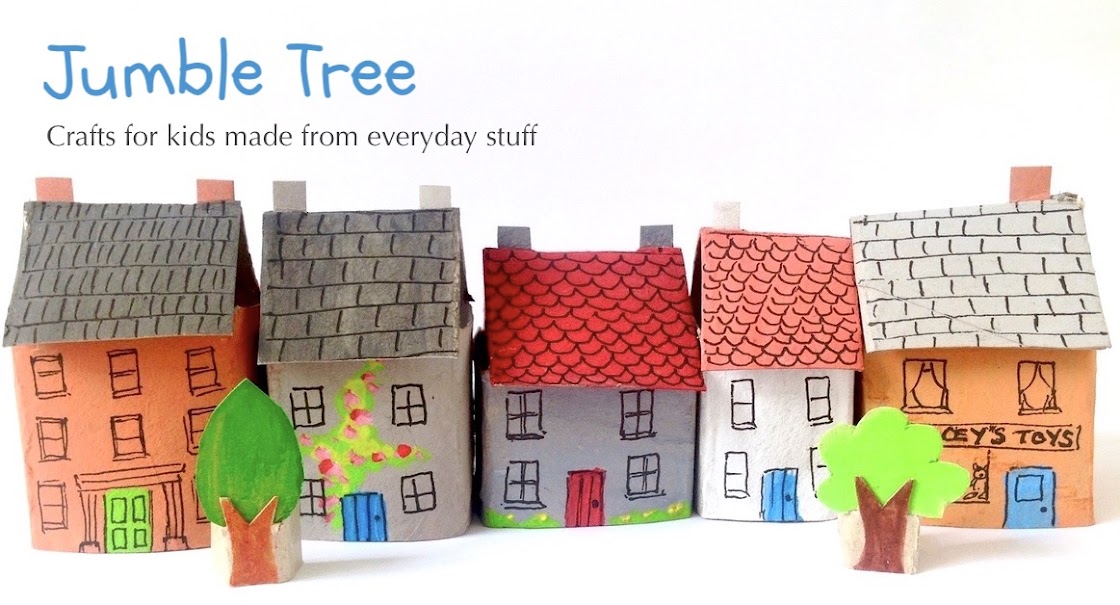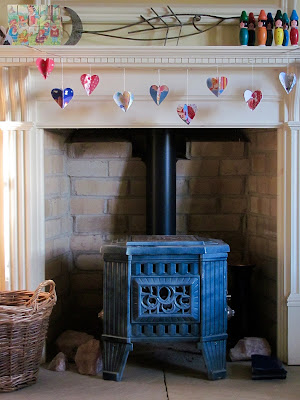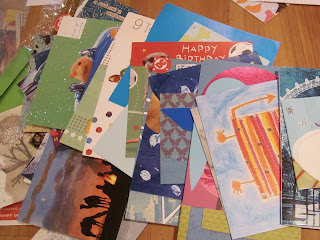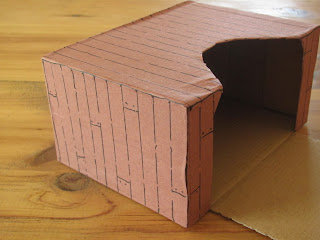Still can't quite believe that my hobby has somehow turned into a job. I've been very lucky, I know - but there's more to it than that, because escaping into a world of cardboard has helped keep me sane over the past 8 months. And I really do mean it - I've struggled with my husband being away this time. Kind of knew it was going to be one Tour too many. He has spent almost 2 and a half of the last 6 years in Afghanistan. It's taken its toll on both of us - but that's a post for another day, when he's home; when he's never, ever going away again.
Better at the moment to focus on good, happy things - where the cardboard comes in! I'm working on another themed craft book which is massively exciting. Wouldn't take a huge leap of imagination to work out what the theme is, but here's a clue anyway...
And I'm also making new creatures and settings for a series of board books for little ones - counting, noises, that sort of thing. So pleased the animals are getting books of their own!
It is pretty time-consuming for sure, but I want the scenes to look as perfect as possible, with plenty going on. I've just finished making a cave out of a large yogurt pot and a fair amount of newspaper...
The plan is to get all the board book makes done, plus the start of the craft book, for a photo session early to mid March, so I need to get my skates on. This is all still pretty new to me, but I enjoyed the photography stage last time - it was intense, but most of the hard grind is behind you by then.
In theory.
Possibly because for a while I think I blanked it from my mind...
From the contract being signed to the last proof check took about 5 months. The first scheduled thing I had to do was send in scripts for the step-by-steps by set dates. This started off okay, because some of the animals I'd made and written up ages ago. But there were 35 projects to send in - I'd worked on a few new ideas over the summer holidays - still, there was definitely a 'seat of my pants' feeling by the end of the second month.
The first photo session was for the front cover and two step-by-step projects. I remember feeling so nervous, because this was all my stuff; people were looking to me to check if things were set out right, angled right, clear enough for the instructions. I realised pretty quickly I had to somehow look and sound confident, even if I didn't really feel it inside. Way out of my comfort zone, but I came home buzzing. Such a great feeling.
Didn't last that long though, because it soon began to dawn on me just how much there was to do. We'd only shot two projects. There were another 33 to go. I had plenty of animals but no other steps made up. This was my biggest mistake. One never to be repeated. I spent weeks and weeks working all the hours possible, to make up the various steps for all the other animals and scenery. Don't think I fully appreciated how long this would take me. For each project I was essentially making whatever it happened to be, at least 3 times. Definitely sapped all the joy out of it. This time I'm making up the steps as I go along. Lesson learnt.
The other downside of my cramming approach was that I started changing some of the instructions as I found better or easier ways to make up the animals. This is what happens when you develop an idea and make it for the 100th blinking time. There were a few other changes during the photo sessions too - so by the time I saw the first draft it needed a lot of corrections.
I spent a very fraught week in Costa's in Monmouth.
Just going back to the final photo session quickly - it was a non-stop three day marathon. But all the extra work I'd done on the steps did help speed things up, and the photographer was so experienced at close-up shoots, cracking on at a racy pace. There was a hand model too, which was such a relief because my hands are horrible! She was absolutely lovely and a really talented artist, which helped with all the painting stages.
Brings back lots of memories thinking about it all again. If I'd been asked back then about doing another book, I'd have had to take a few deep breaths before answering. But time has turned down the volume on the more tricky stages, and now I'm really, positively looking forward to the next challenge. It's going to be different this time. Yes?
Meanwhile I'm busy making, trying to stay ahead of the game. With the odd detour...
 |
| Star Wars meets the little Red Tractor... |


































































